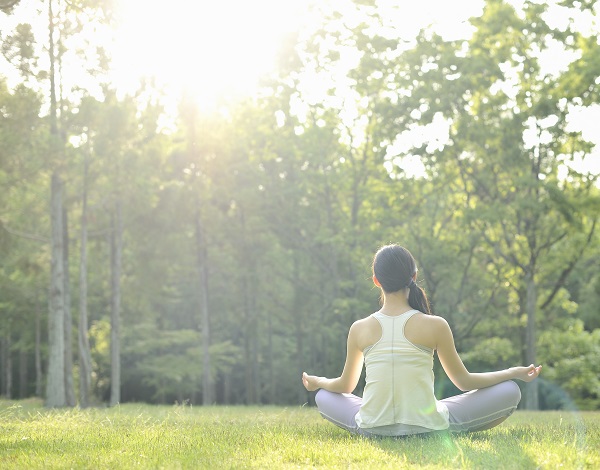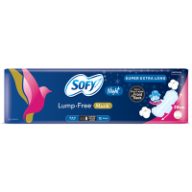What is PMS?
PMS refers to a group of physical and psychological symptoms of uneasiness that occur about 1 – 2 weeks before the start of a period. They usually go away after you start to bleed. The symptoms of PMS are caused by the drastic changes in female hormones that occur after ovulation. Some researchers put the blame on the progesterone hormone, but the exact reasons for PMS are yet to be discovered.
If you feel pain during PMS, don’t worry you are not alone! About 40.1% of women claim that they "always" suffer from PMS, while about 51.9% of women "sometimes" suffer from it.
Common symptoms
There are a variety of symptoms associated with PMS, but the most common 5 are:
- Irritability
- Abdominal pain
- Headaches
- Drowsiness
- Breast pain or swelling
Some girls also report acne breakouts, bloating, weight gain, and changes in appetite when going through PMS. Though PMS presents many discomforts, the good news is that these symptoms disappear as soon as menstruation starts.
Dealing with PMS
There are various ways to make the PMS phase a little more bearable.
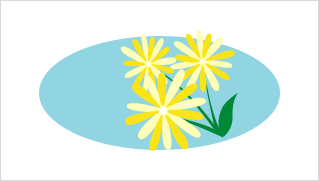
De-stress
Studies have proved that stress worsens PMS symptoms. Therefore when PMS occurs, take a moment to slow down and relax. Ignoring unpleasant symptoms doesn't make them go away, rather they are likely to get worse and increase your stress level.
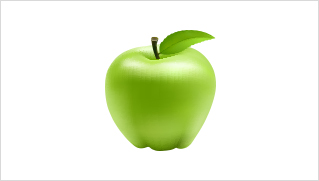
Diet
Restricting your consumption of foods and beverages that contain caffeine such as chocolate, coffee, tea and soft drinks can help relieve menstrual symptoms.
Instead, focus on drinking herbal teas and plenty of water to keep your body properly hydrated.
Also keeping sugar and salt intake under control can help you avoid bloating and the puffy, heavy feeling that comes with it. Avoiding processed foods is one of the best ways to control salt consumption.
Eat foods rich in vitamins B6, E, calcium and magnesium
Exercise
Exercise can definitely help counter the effects of PMS. Try these simple yoga poses to ease the PMS symptoms.
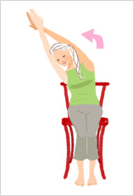
A side-stretching pose that controls anger
Being seated for a long time leads to muscle tension and interrupt blood circulation. Bad blood and lymph flows are considered of the main causes of irritability. While facing forward, bend to each side while stretching your back and you will feel the relaxation through your body.
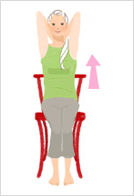
A spine-stretching pose that refreshes the spirit
At times when you are depressed or emotional, take a deep breath through your nose (abdominal breathing) and stretch your spine out. This improves blood circulation in your back, shoulders and arms, refreshing your spirit.

A Cat pose that eases lower abdominal tension
This is a great pelvis exercise that helps ease constipation and lower abdominal swelling. First, get on all fours, arch your back bringing your face towards the sky. Then, round your back bringing your face towards the ground again. Do this in sets of 5.
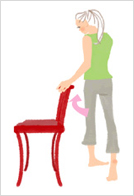
A spinal twist helps the whole body unwind
Settling the blood, lymph and energy flows of the entire body easing premenstrual swelling and alleviating discomfort. While standing up, twist your upper body to the right, then to the left.


